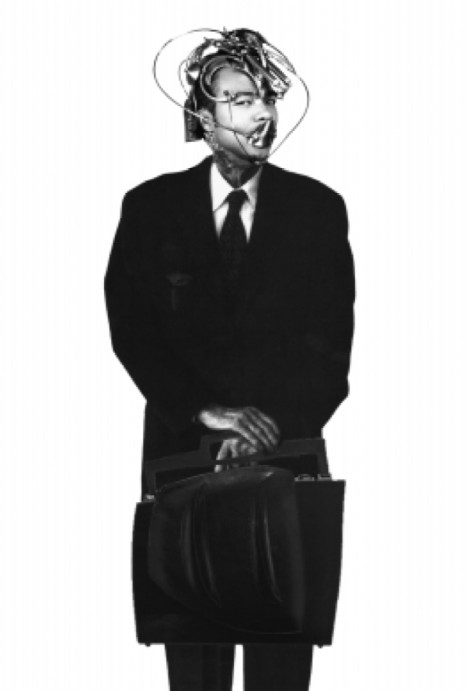
The first post-New Year meeting will be held at HomeShop on February 23rd, 2011. We will read Critical Art Ensemble’s Electronic Civil Disobedience (1994), the first chapter (p. 5-30) of “Electronic Civil Disobedience” (1995).
It is available for free from the Critical Art Ensemble website: www.critical-art.net/books/ecd/
Despite its age (seemingly an eternity in internet-years) the text speaks to the current moment in quite relevant ways, but also continues a part of our discussion about affect and its relation to virtuality; not only about affecting other people, but also about the problems of intimacy and scale; the crossroads that a question like the following brings up: “How can a small group (four to ten people) have any type of political effect?” (p. 23). Are we at a point similar to the one described in the text, where real disturbance can only be undertaken by a “cyber-elite,” and the centralized mass movement should steer clear of direct action? Or what else is at stake?
“Herein lies the distinction between computer criminality and electronic civil disobedience. While the computer criminal seeks profit from actions that damage an individual, the person involved in electronic resistance only attacks institutions. Under the rubric of electronic resistance, the value system of the state (to which information is of higher value than the individual) is inverted, placing information back in the service of people rather than using it to benefit institutions. The authoritarian goal is to prevent this distinction from being perceived; all electronic resistance must fall under the totalizing sign of criminality. Conflating electronic civil disobedience (ECD) with criminal acts makes it possible to seal off cyberspace from resistant political activity” p. 17.
From their website:
Critical Art Ensemble
(CAE) is a collective of five tactical media practitioners of various specializations including computer graphics and web design, film/video, photography, text art, book art, and performance.
Formed in 1987, CAE’s focus has been on the exploration of the intersections between art, critical theory, technology, and political activism. The group has exhibited and performed at diverse venues internationally, ranging from the street, to the museum, to the internet. Museum exhibitions include the Whitney Museum and The New Museum in NYC; The Corcoran Museum in Washington D.C.; The ICA, London; The MCA, Chicago; Schirn Kunsthalle, Frankfurt; Musée d’Art Moderne de la Ville de Paris; and The London Museum of Natural History.
The collective has written 6 books, and its writings have been translated into 18 languages. Its book projects include: The Electronic Disturbance (1994), Electronic Civil Disobedience & Other Unpopular Ideas (1996), Flesh Machine: Cyborgs, Designer Babies, Eugenic Consciousness (1998), Digital Resistance: Explorations in Tactical Media (2001), Molecular Invasion (2002), and Marching Plague (2006).

 时间 posted on: 27 January 2011 |
时间 posted on: 27 January 2011 |  发布者 author:
发布者 author: 
 分类 filed under:
分类 filed under: